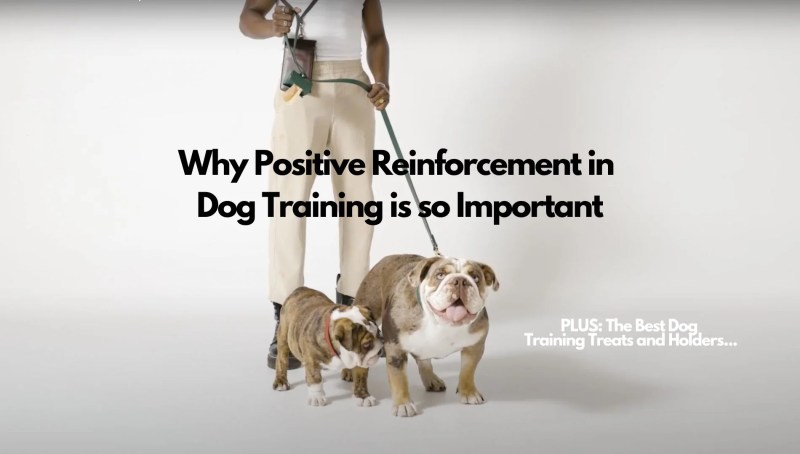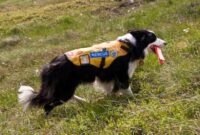Sar Dog Techniques – Search and rescue dogs, often abbreviated as SAR dogs, are essential partners with first responders during emergencies. SAR dogs work alongside their handlers to assist law enforcement, respond to natural disasters and other emergencies to locate missing people. They are victims of natural calamities. SAR dogs are useful after terrorist attacks such as earthquakes, floods, as well as bombings. Unlike training a dog for a sport or other fun activity, SAR training is very serious because people’s lives are in the paws of these dogs. Search and rescue dogs must be well trained and confident in all situations. Owners and handlers of SAR dogs need extensive training to help their dogs.
SAR dogs can find victims of natural disasters buried in debris after an earthquake. They can also be sent to find wandering and lost children or the elderly. Search and rescue dogs also find people lost after avalanches or floods. They should be in excellent physical shape and mentally stable with no signs of aggression. SAR dogs must be confident and courageous as they must respond to cues from a distance. They are intelligent, quick learners, focused and have enough stamina to do their jobs. Golden retrievers, Labrador retrievers, and German shepherds are commonly used and good service dog breeds. Bloodhounds are often used for ground tracking SAR work. However, there are no ethnic requirements. Different breeds and mixes of breeds work as search and rescue dogs and excel at the job. Generally, SAR dogs and handlers are volunteers, meaning they are not trained or paid for the hours they work to search for lost people.
Sar Dog Techniques
:strip_icc()/GettyImages-925055236-5c4ea320c9e77c0001f3230f.jpg?strip=all)
Search and rescue dogs must be trained well beyond the level of training that ordinary pets receive. After SAR dogs master basic obedience, including socialization, they begin to learn more specialized skills. Scent training is an important skill for SAR dogs – they must quickly pick up the scent of missing people and identify where those people are so rescuers can reach them. While all dogs have a strong sense of smell, SAR dogs are able to detect scent over long distances and ignore all distractions to find missing people. SAR dogs learn to be comfortable wearing proper gear such as boots. Boots protect a SAR dog’s feet from being cut or burned when working in hazardous terrain.
Books On K9 Sar Training
Not only dogs need training. SAR handlers must also go through a significant amount of training. Handlers must be prepared to handle their dog in a disaster area. They must recognize and respond to their dogs’ alerts to find the missing people. SAR handlers must be as physically fit as their dogs. Search days are long, often in difficult weather or difficult terrain. If you think you want to get involved in search and rescue, start training with a local SAR group right away. These groups are able to assess whether you and your dog are suitable for search and rescue. SAR groups guide training to ensure your dog doesn’t develop bad habits or have any gaps in their training.
Because search and rescue work is physically demanding. It is best to start training with young dogs. This gives the dogs a better chance of having a long working life. The first step in SAR training is basic skills. This includes basic obedience, especially around distractions. SAR dogs must ignore everything: food, odors, wildlife and other dogs while working. The most important skills for dogs at this stage of training are basic obedience skills and building a close trusting relationship between the dog and their owner/caregiver. At this stage, prospective SAR dogs are introduced to scent work and tracking skills. Dogs learn to identify human scents, follow them, and alert handlers to precise locations. For SAR dogs, search is a fun game that is rewarded by playing. Dogs that show an aptitude for search work love to work and are enthusiastic participants who pick up new skills quickly.
As dogs master basic skills, training becomes more difficult. At this stage the dogs begin to complete the more complex skin. Dogs trying to become avalanche search dogs begin to learn to detect the scent of people buried in the snow. Cadaver dogs trained to search for human remains begin to learn to identify scents in a variety of settings, including whether they are buried or underwater. SAR dogs or track/track or aerial scent. Tracking dogs begin working on learning to follow a specific human scent that they are instructed to look for. The dog tracks how the person moved and follows the path taken by the person. This is an especially important skill when a SAR dog is brought in to find a missing person.
Other dogs learn to air-sniff. This search ability involves the dog ignoring the ground scent to indicate where the person may have walked and instead, the dog picks up the person’s scent in the air to bring the handler to the person’s location. Aerial sniffing is commonly used for dogs that search large areas quickly. This allows them to identify the area where the smell is strongest, i.e. where the missing person is. At this stage of training your search and rescue group begins practice searches where volunteers pretend to be lost/missing and the dogs search for them in a training practice.
Meet The Dogs Of Dakota Search And Rescue
After SAR dogs in training learn basic and advanced scent skills, they move on to more specialized training. It prepares dogs and handlers for real world work. This training takes the form of more difficult searches and locates people in training environments that simulate natural areas. Searches may include searching for people buried in snow to mimic an avalanche victim, wooded areas, and piles of rubble such as dogs after an earthquake or terrorist attack. The training environments in which dogs now work resemble real job search environments, as closely as possible. This ensures that SAR dogs and their handlers are ready to go to work and potentially save another life. At this stage the dogs being trained as SAR dogs begin to work far away from their handlers, again simulating a real disaster environment.
It usually takes at least two years of dedicated training before a SAR dog is ready to work. Once the handler and their local training group believe that a SAR dog has mastered the necessary skills, it’s time to certify. SAR dogs and handlers are certified to document that they have the necessary skills to assist in an emergency. This certification process tests the dog and handler’s skills and ability to find missing or injured people in an emergency. Once certified, the SAR dog and handler are able to become official members of the local search and rescue group. These groups are contacted by law enforcement when their dog’s services are needed. Certification is an involved process in which the dog and handler must successfully complete a variety of tests to demonstrate their ability, capability and readiness to respond in an emergency. This certification gives police officers confidence that the dogs they bring in are qualified to do the job. Training continues even after certification. Dogs and handlers need constant training. SAR dogs continue training after certification to keep their skills sharp and ensure they are mentally and physically ready to respond to an emergency when needed.
Becoming a working search and rescue dog takes a lot of time, effort and training. SAR dogs and handlers volunteer their time and talents to support emergency situations. This is not something every dog can do. Search and rescue is a very demanding job, but very rewarding. If you think you and your dog would enjoy SAR, contact local working groups in your area to get involved in recruitment and training opportunities and start training.

Sassafras Lore CPDT-KA, CTDI – is a renowned author and dog trainer. Sassafras books have been honored by organizations ranging from the American Library Association to the Dog Writers Association.
Navigating The Many Arguments In The Dog Training Community — Dog Training And Behavior Consulting
Sassafras Certified Professional Dog Trainer Knowledge Assessment (CPDT-KA), Certified Trick Dog Instructor (CTDI), American Kennel Club Trick Dog/Canine Good Citizen Evaluator, American Kennel Club FIT Dog Instructor, and Profession Free Certification. Sassafras’ multimedia work with dogs focuses on engagement, enrichment, play and competitive trick training. During SAR training, dogs can learn everything from how to climb ladders to how to safely climb precarious debris piles. Washington Post via Getty Images
A dog that is obsessively focused on play may seem to make a poor working dog, but for search and rescue work, this is actually an ideal trait. A dog that chases a tennis ball for hours may walk through feet of snow, up mountains and down rocky embankments.
Sar dog for sale, sar dog, sar dog training, sar dog breeds, sar pei dog, sar dog vest, sar dog vests, sar dog certification, sar dog harness, best sar dog breeds, sar planina dog, sar dog gear
- Search Rescue Dogs - July 29, 2024
- Police Dog Training - July 25, 2024
- Pointing Dog Training - July 25, 2024




